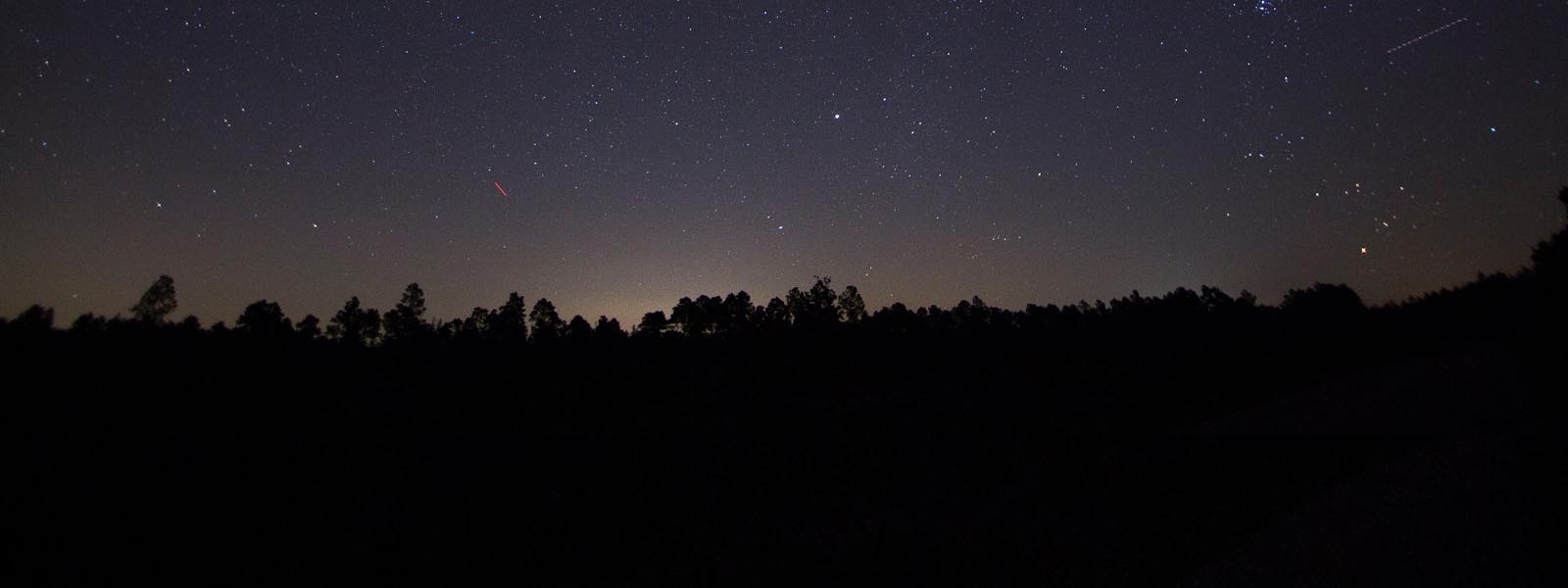Play your part to reduce urban glow
Be part of Turtle Hour – 7 to 8pm Monday 31 October 2022
Tips for businesses
- Use LEDs and compact fluorescents with lower temperatures and warmer colors. Lights with lower color temperatures (2700 - 3000 K) are called "warm colors" (yellowish), while color temperatures over 5000 K are called "cool colors" (bluish).
- Use dimmers, motion sensors, or timers on outdoor lighting
- Use outdoor lighting fixtures that shield the light source to minimize glare and light trespass
- Turn off unnecessary indoor lighting, particularly in empty buildings at night
- Maintain as much overnight dark as possible
- In all cases, care should be taken not to brightly illuminate buildings and other large objects visible from the nesting beach
- Floodlighting should only be used where absolutely necessary for crowd control or other high-usage areas
- Linear strip lighting mounted at foot level along walking paths or stairways is preferred over elevated lighting
- All fixtures should be positioned so that vegetation, topography, or buildings screen the light from the beach, or the fixture should be equipped with shields so that light sources are not visible from the beach
- Red or amber LED fixtures are preferred over high intensity fixtures for applications near nesting beaches
View our lighting guide for businesses
Tips for residents
- Use LEDs and compact fluorescents with lower temperatures and warmer colors. Lights with lower color temperatures (2700–3000 K) are called "warm colors" (yellowish), while color temperatures over 5000 K are called "cool colors" (bluish).
- Use dimmers, motion sensors, or timers on outdoor lighting
- Use outdoor lighting fixtures that shield the light source to minimize glare and light trespass
- Turn off unnecessary indoor lighting, particularly in empty buildings at night
- Maintain as much overnight dark as possible
- If you live in a high-rise building, use drapes or blackout curtains to reduce light emissions, particularly during turtle nesting and hatching seasons.
View our lighting guide for households


